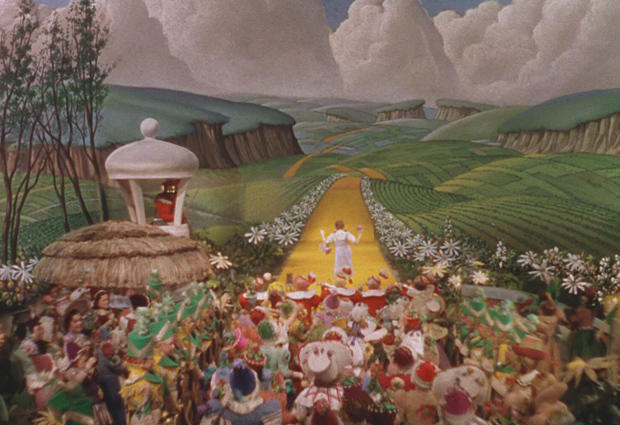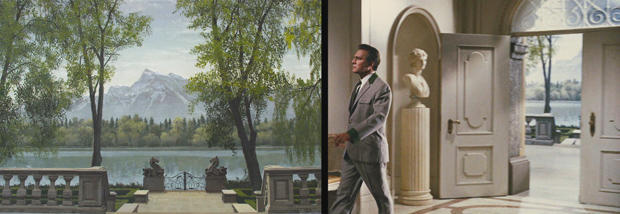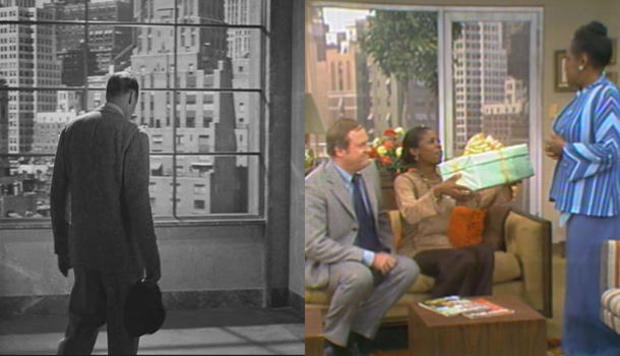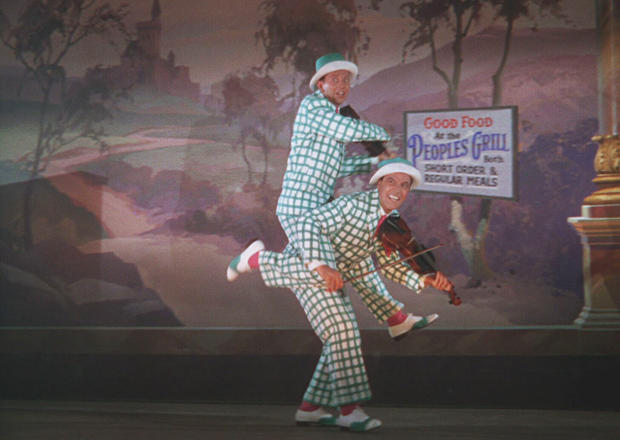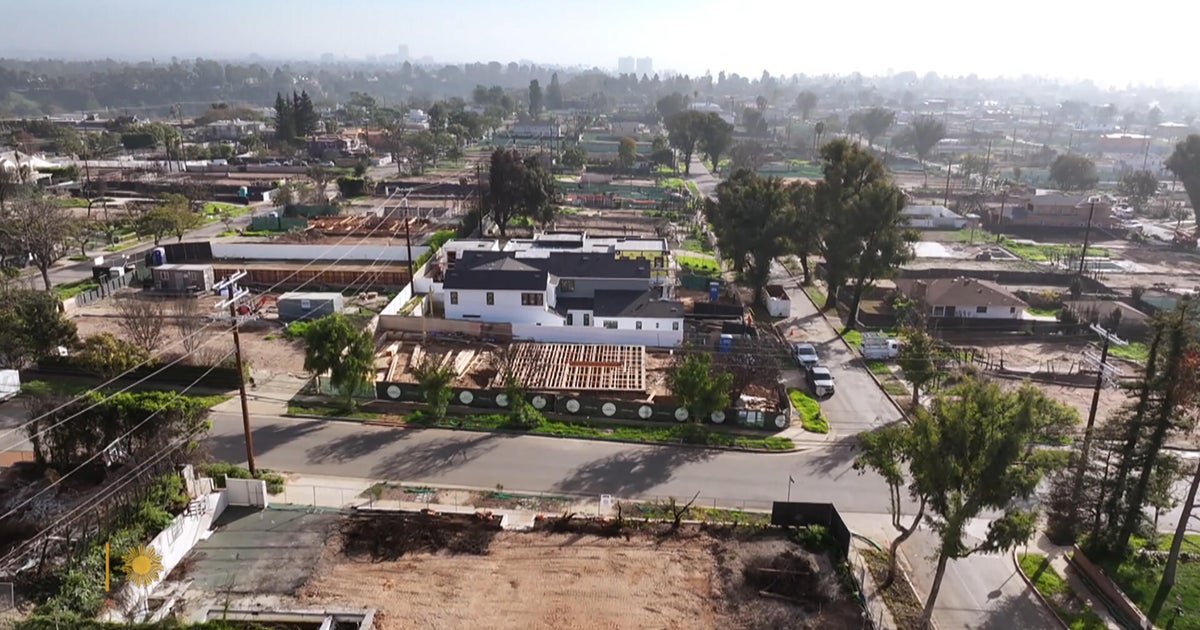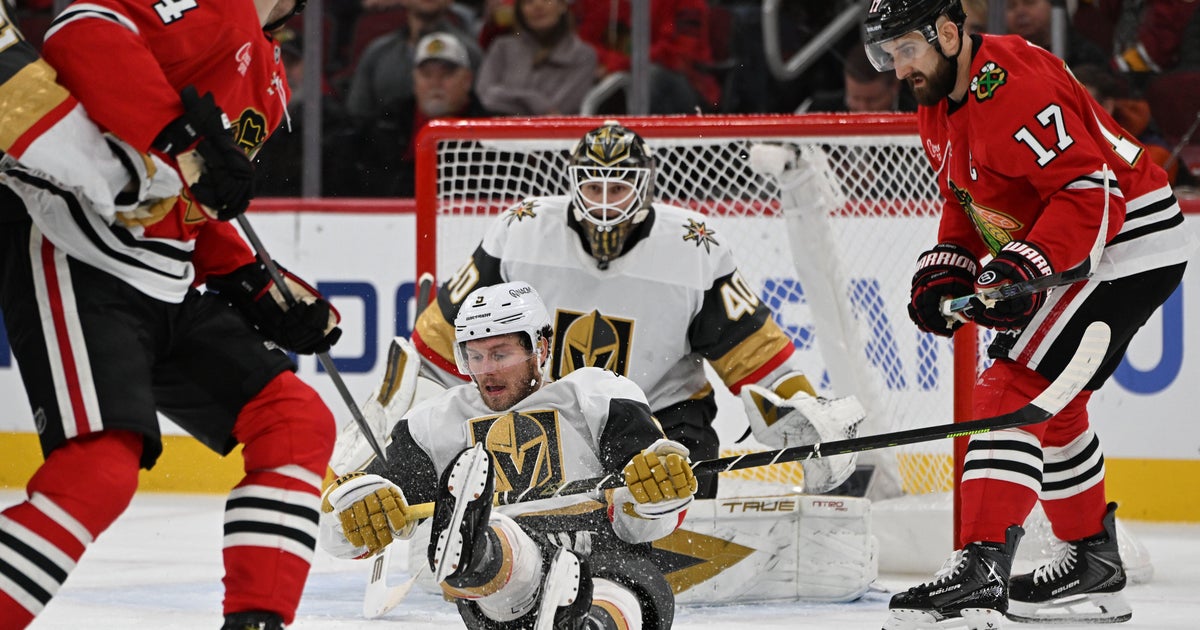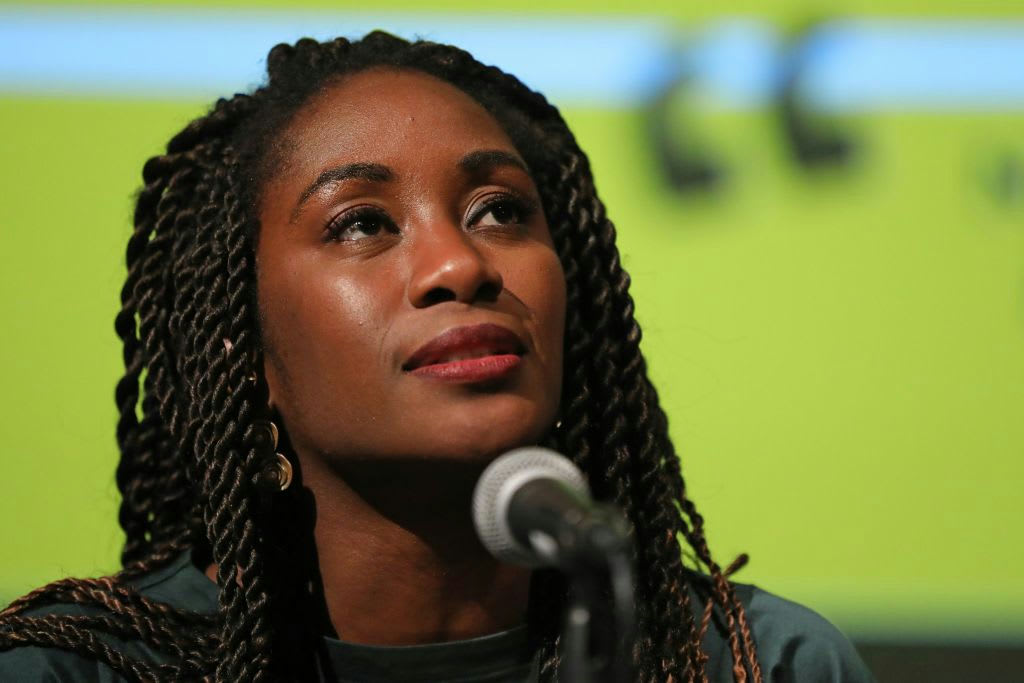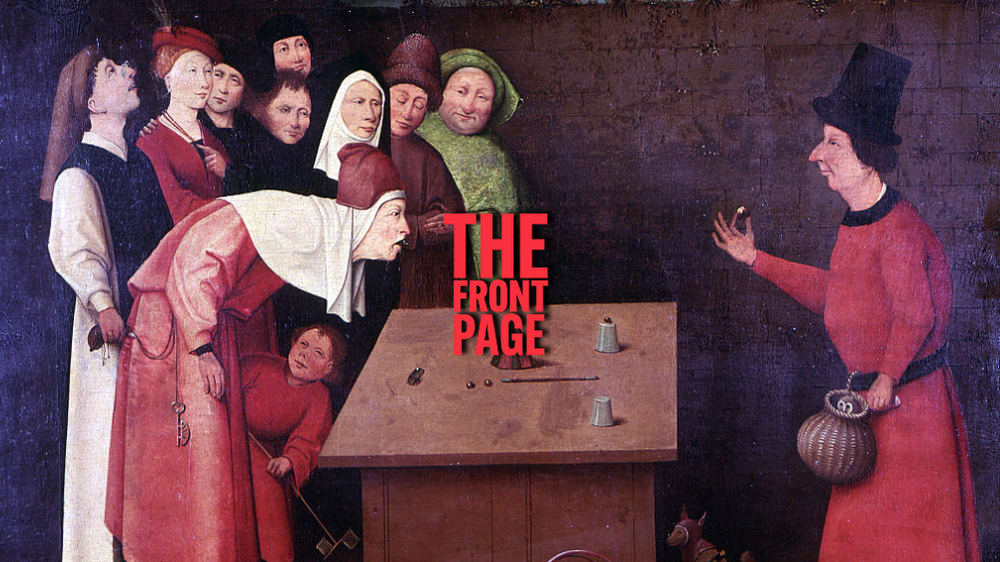Rescuing scenic backdrops from Hollywood's Golden Age
They're just paint and canvas, but in Hollywood's Golden Age, painted backdrops played a vital role in the magic of movies, creating cities, sunsets, or anything else a director could imagine.
Art professor Karen Maness appreciates every brushstroke. "The backdrop is part of extending the world of the set," she said. "Often times it was just seen outside windows. But sometimes it even included the entire world of a set on a sound stage and creating that environment."
Take "The Wizard of Oz," when Dorothy opens the door into a Technicolor world: "That first view of Oz, of that village, to see that entire space shaped by paintings."
Maness is co-author of "The Art of the Hollywood Backdrop" – art, she says, that's often gone unappreciated. Though impressive, it was designed to be "invisible."
Nonetheless, she said, these backdrop paintings are "some of the largest paintings ever created by exceptionally skilled artists – never recognized, never credited, and part of what makes cinematic history and these films extraordinary."
Many people may have paintings at home on the wall that family members have done. Lynne Coakley has a bunch – really BIG ones.
Coakley's great-grandfather was a scenic artist for MGM in the 1930s. Her grandfather and father followed him into the business. Their backdrops (or backings, as they're called in the industry) gave luster to movies like "The Sound of Music." They painted recreations of on-location settings that were sometimes just seen through doors and windows on a soundstage.
"Both my grandfather and my father painted this backing, along with seven other ones that were used around the gazebo, at the convent," Coakley said.
Correspondent John Blackstone asked, "What makes this look so realistic?"
"The textures, the details, the color is all correct. It's just a really beautifully painted backing," she replied.
In 1962 her family founded the JC Backings Corporation, to paint and supply backdrops for movies and TV shows. They bought hundreds of backdrops from MGM, 20th Century Fox and Disney.
"A lot of the studios in the '70s and the '80s just were getting rid of all of their backdrops," Coakley said. "They just, you know, didn't want to have it anymore."
A prized acquisition: the famous Mt Rushmore backdrop from "North by Northwest."
"From down here, we can believe we're looking up at that mountain, at those heads," said Blackstone.
"You want to climb it?' Coakley laughed.
Their backdrop from the 1959 movie "Ben Hur" features a vista of ancient Rome – and in 2016 it was seen again in the Coen brothers' movie, "Hail, Caesar!"
"Backings are happiest being on a stage and being used," Coakley laughed. "They're not happy when they're rolled up in a dark little spot down below in a storage warehouse."
One backing must be awfully content! It began life in the 1949 film "The Fountainhead"; then, it provided a view of New York City for 11 seasons on "The Jeffersons," until it wore out and was repainted.
Coakley said it's already been rented out 30 times, to such shows as "Felicity," the original "Roseanne," and "The Practice."
For Coakley, who is now president of JC Backings, hand-painted backdrops are more than family heirlooms. They still make up about a third of JC Backings' rentals. But with new technology, Coakley's company also creates photo and vinyl backdrops that can be dazzling.
"If done well, a painted backdrop and a photographic backdrop should make no difference," said production designer Tom Walsh. He uses photographic backdrops on the set of the Fox TV series "Deputy," but still likes things the old way.
"I still would prefer to always use a painted backdrop whenever possible, 'cause I think they light better," Walsh said. "And there's an interpretive aspect, a little, that you can bring into it."
Mary McNamara, culture columnist for the Los Angeles Times, first wrote about efforts to save old hand-painted backdrops that often were just thrown away.
"As the industry itself is changing, and the way they make movies changes, there is this feeling that we need to start thinking about preserving the old things," she said.
"What's lost when a lot of these artifacts disappear?" asked Blackstone.
"Well, the tangible history of Hollywood,' McNamara replied. "And also, some of these things are works of art in themselves."
Even Lynne Coakley had more painted backdrops than she needed when the company moved to new quarters.
"I knew I had some backings I just really didn't need to move with me, because of the fact that, you know, they had never rented, or have never seen the light of day, or they're so specific," she said.
Coakley explained her dilemma to Tom Walsh, who told her, "'Well, you know, we don't do that thing anymore with these things. These are to be preserved.' And then of course, opening my big, fat mouth, I realized, 'All right, how you gonna follow up on that?'"
So, Walsh created the Backdrop Recovery Project. With the help of Maness and Coakley, they catalogued more than 200 backdrops.
"We didn't know what we were gonna get," said Maness. "Every time we opened up a backdrop, we weren't quite sure what it would be."
"One in particular, there was an old sort of vaudeville drop," said Walsh. "And no one knew what it was from, really. And we opened it up. And I went, 'I've seen that drop.'" It was from the classic musical "Singin' in the Rain."
"It was like seeing an old friend – exhilarating," Maness said.
Other backdrops were from a different orbit, like this one from "Forbidden Planet."
Walsh said, "And then it was my job to go around the world and try and find people that would take [them]: 'Hey, you want a little 90-foot-wide piece of art for your wall?' But, lo and behold, it worked!"
Some went to museums, some to institutions, like the University of Texas at Austin, where Karen Maness uses them to inspire her students.
"It's thrilling to see my students learning from these ghosts," Maness said.
Walsh is still looking for homes for some 60 backdrops, but he's pleased with their progress.
They're finding a new life as teaching tools, or as bits of inspiration," he said. "I mean, there is a life after death for the art of Hollywood."
For more info:
- Backdrop Recovery Project
- "The Art of the Hollywood Backdrop" by Richard M. Isackes and Karen L. Maness (Regan Arts), in Hardcover and eBook format, available via Amazon
- Karen Mannes, Department of Theatre and Dance, scenic art supervisor at Texas Performing Arts, University of Texas at Austin
- JC Backings, Culver City, Calif.
- Mary McNamara, Los Angeles Times
Story produced by Reid Orvedahl.
